"16 and Bee” OC Science Fair Project
Anton Grün
Costa Mesa High School (9th Gr.)
 African hybrid bees (AHB) originated in Brazil in 1956 from a cross breeding experiment designed to produce stocks better suited to the tropical climate. Unfortunately, this led to the escape of African queen bees (Apis m. scutellata) that mated with local European stocks. Hybrid swarms quickly spread throughout South and Central America and arrived in the south-western United States in 1990. Since then, AHB colonies have become endemic and are prevalent throughout Southern California. AHB colonies may have slight selective advantages in terms of life cycle, (e.g. higher reproductive rate, increased success of AHB drones in drone congregation areas, relaxed selection of hive sites and changes in swarming/foraging behavior) that allow them to successfully invade new territories and maintain African-derived genetic traits. A major undesirable trait is their tendency for increased defensive behavior.
African hybrid bees (AHB) originated in Brazil in 1956 from a cross breeding experiment designed to produce stocks better suited to the tropical climate. Unfortunately, this led to the escape of African queen bees (Apis m. scutellata) that mated with local European stocks. Hybrid swarms quickly spread throughout South and Central America and arrived in the south-western United States in 1990. Since then, AHB colonies have become endemic and are prevalent throughout Southern California. AHB colonies may have slight selective advantages in terms of life cycle, (e.g. higher reproductive rate, increased success of AHB drones in drone congregation areas, relaxed selection of hive sites and changes in swarming/foraging behavior) that allow them to successfully invade new territories and maintain African-derived genetic traits. A major undesirable trait is their tendency for increased defensive behavior.AHB derived from the original African queens can be distinguished from European stock (Apis melifera subspecies) by a PCR genetic test for a DNA marker that is exclusively propagated via the mitochondrial DNA passed down the maternal (queen) lineage. Africanization through paternal (drone) inheritance requires more sophisticated genetic testing of multiple markers.
This science fair project aims to survey >1,000 feral and managed bee colonies throughout Orange County with the aim to establish what percentage are currently AHB. Initial testing will be for the maternal African mitochondrial marker as this is relatively straightforward. A secondary goal is to look for evidence that managed European-stock beehives can serve as a conpetitive local pool of “docile” genetic traits to suppress AHB invasion and reduce the incidence of unwanted defensive traits in feral colonies.
We are soliciting the help of OC beekeepers, bee control/removal services and members of the public to submit bee samples (managed or feral) for testing. To participate, please complete a sample submission form and deliver/mail within 1-2 days of collection 1 bee per hive (worker or drone) placed in a labelled sample tube or Ziploc bag. PCR results will be provided to participants and aggregate data/distribution maps will be available via this web portal: (www.slios.org/)
